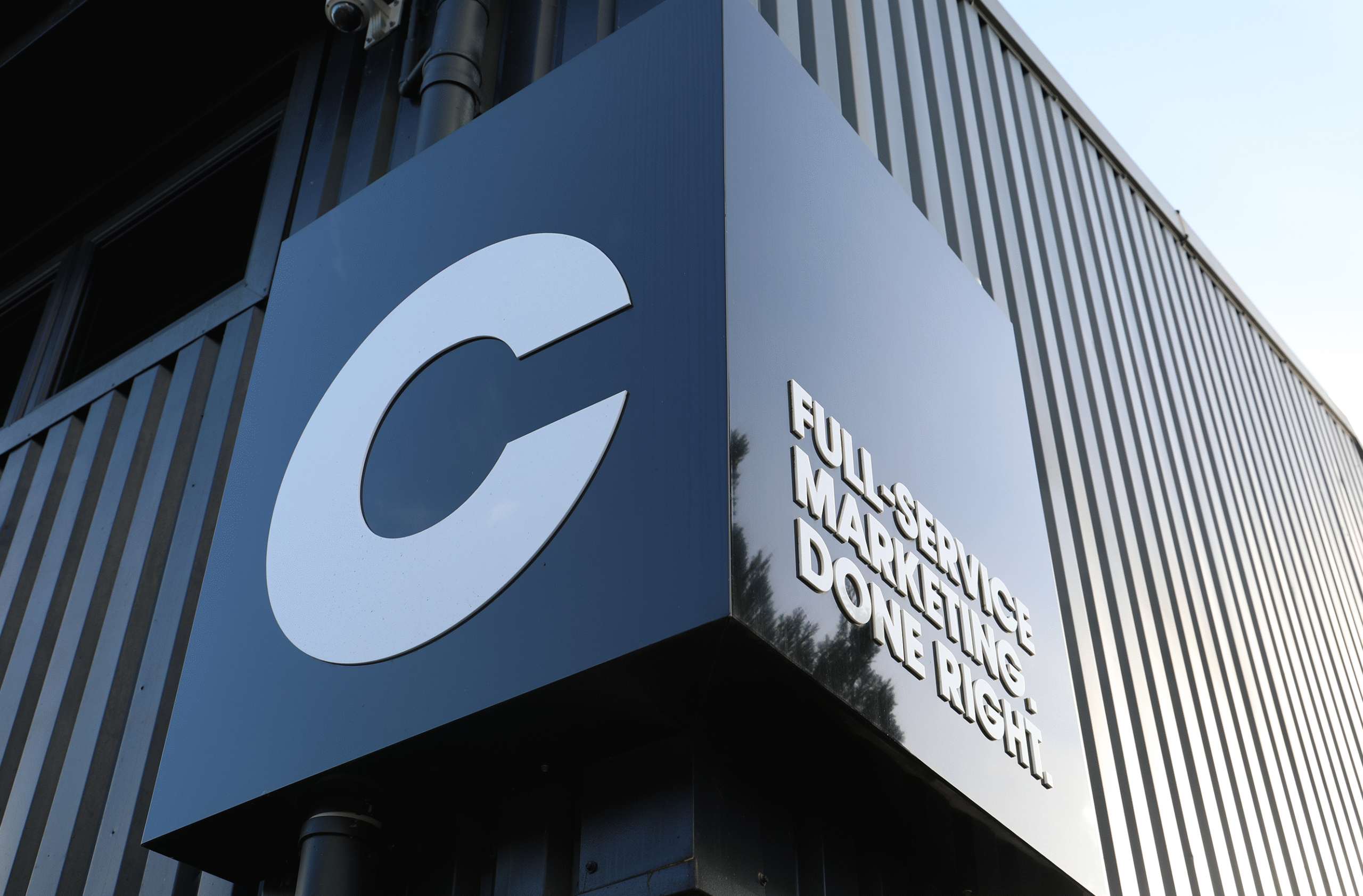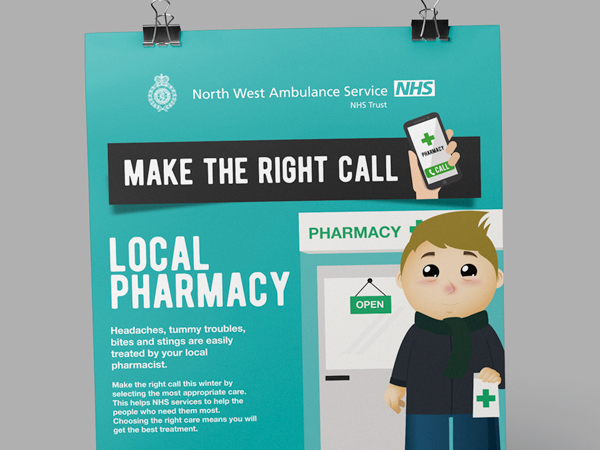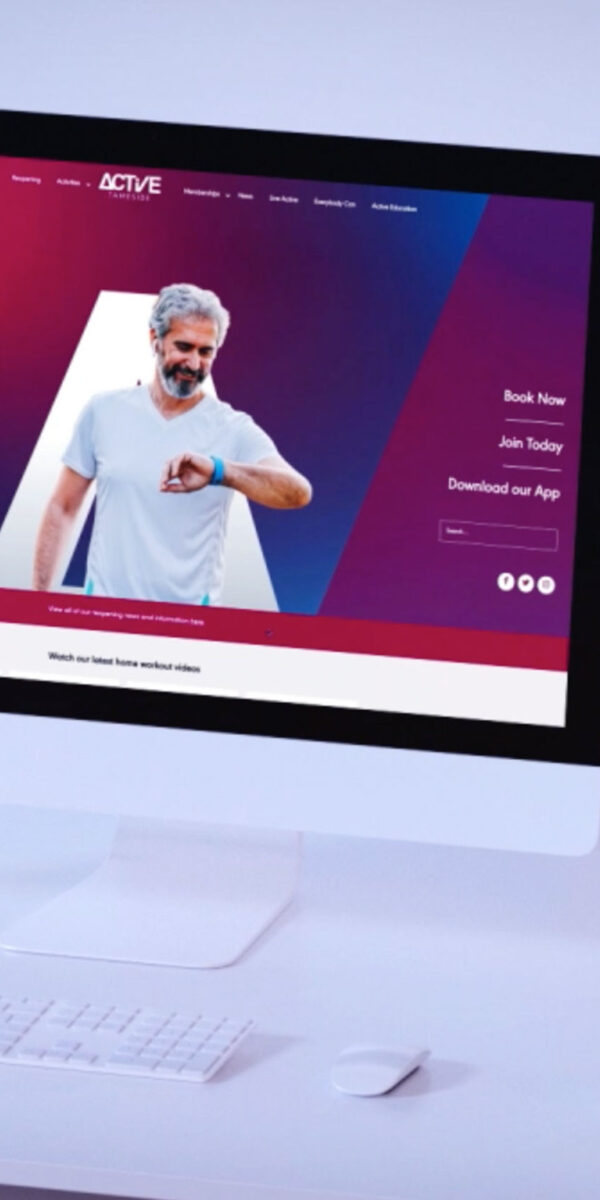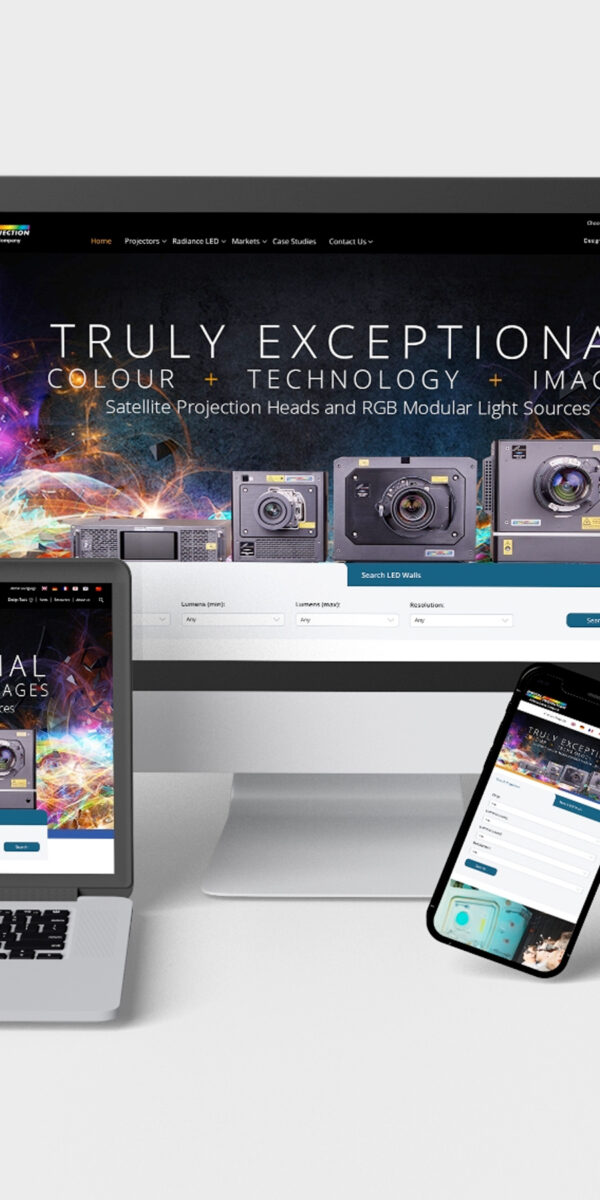
The Ultimate 12 Step Guide to Growing an eCommerce Business Online
Share
How do you create a successful eCommerce website though that does more than just sell?
Before we embark on growing understanding of developing a successful eCommerce website, we want to understand what makes an eCommerce website?
Online eCommerce as we know it today started a few years after the inception of the worldwide web when, in 1994, an online book shop, Book Stacks Unlimited, opened their Internet shop Books.com. This was a few short years before Amazon was founded, but by the mid-90s major marketplaces like eBay and Amazon started to make themselves known. Online eCommerce payment systems like PayPal then followed in 1997. Though they were online, business was not booming. Many were sceptical of the new online eCommerce trade, cautious of scams and fraud. So, improving customer experience and instilling confidence in their users was the obvious solution to increasing sales, and a tactic still employed by eCommerce website owners today.
In its most basic form, an eCommerce website can be defined as a business model that facilitates online sales.
An eCommerce website can be easily identified by its features very similar to physical shops; the ability to browse products, arrange delivery, and pay online.


1. Customer Goals
Before creating or fundamentally updating your eCommerce website, you should always take the time to research and understand what it is your customer wants. Each business and consumer is different, but a couple of consumer goals are universal…
An easy shopping experience
Every online shopping experience boils down to the consumer wanting to find their product, quickly, and to be able to purchase it, seamlessly.
Making the customer shopping experience as easy as possible is key to increasing sales, new and returning. We’ll explore exactly how you can do this through examining user experience, design and development but always consider who your consumer is and how they’re interacting with your website to help inform your decisions.
Using tools like Google Analytics, or heatmapping software, can help you understand exactly what users are doing on site, how they’re getting to your site, and identifying blocks to customer goals.
Know that they’re making the right choice
Not only in the product they’re purchasing but the company they’re purchasing it from.
Your credibility, responsibility and sustainability as a business is becoming a growing factor in the customer purchase decision so making sure you’re communicating your values and instilling confidence, is paramount.
2. Your Goals
Aligning your own business goals with your customer goals is a recipe for success.
Sales are an ultimate goal, but there’s also consideration for spotlighting your brand, generating brand loyalty and encouraging repeat, up or cross sales.
Understanding the ways in which you can achieve your goals while nurturing and achieving customer goals makes everyone a winner.


How to Build an eCommerce Website
3. User Experience (UX)
Once you’ve understood every goal your eCommerce website needs to facilitate, you can start mapping out the structure of your website with user experience (UX) front-of-mind.
UX focuses on the usability and help to make websites and apps more intuitive, especially when it comes to the number one way-finder within a user journey: the navigation.
Clear, well-structured navigation menus make it easier for the user to find the products they’re looking for, as well as positioning related products in front of them to increase your chance of up or cross selling.
UX can also streamline the checkout process, allowing customers to make purchases quickly.
Ultimately, starting your eCommerce web or app development with a robust UX strategy and wireframes will help to give your customers the best possible experience and increase your conversion rates and revenue.
Below: A Cornerstone UX workshop in progress


4. Website Design
The design of your eCommerce website is critical; colours (or lack of), fonts, page layouts, images and graphics all play an important part in facilitating yours and your customers’ goals.
Furthermore, with consumers browsing across multiple devices on multiple occasions, it’s important that your website is responsive and works just as hard whether it’s on mobile, desktop or tablet.
eCommerce sites should follow a relatively clean design with a clear and simple layout. This is especially important on product pages so that the consumer focuses on the product they want to buy (and that you want to sell!). Minimal distractions equals maximum selling potential!
An intuitive interface on-site so users can quickly navigate through and select any specific colours or sizes before adding to basket, helps to facilitate the easy customer journey we’re aiming for. Adding colour in the right way, to the right elements can also help make specific journeys, buttons or promo messages stand out to help your user get to their end goal quicker too.
And finally, high-quality images are a must. The bigger image, the quicker consumers can identify the product they want to buy. Going big over small when it comes to images also instils confidence. There’s no point trying to show off a quality product with a low-quality image that could read as a bit of a ‘scam’. Design is your first opportunity to instil brand confidence.
5. Development
Developing an eCommerce website is more than just bringing the design to life to ensure a smooth user experience.
There are more facets and complexities to building an eCommerce site. On top of your ‘standard’ pages, you have to consider product pages, product archives, baskets, checkouts, and all of the additional functionality that comes alongside those. Making sure each page is responsive and loads quickly is paramount to maintaining a smooth buying process.
Then there’s the additional security considerations. Making sure your site is fully secure with an SSL certificate is the bare minimum when it comes to an eCommerce build. To instil full confidence in your customers, you want to make sure their data, personal and financial, is protected at all points within their journey.
How to grow awareness, sales and loyalty on your eCommerce website
6. SEO for eCommerce
Of course, there’s no point having a website if no one can ever find it!
While only 32% of British consumers use search engines for eCommerce search, with Amazon being the go-to for 47% of consumers1, it’s still important to make an impact in the competitive search engine results pages (SERPs) as more than half of UK consumers would research before buying2. Plus, a great e-commerce SEO strategy considers more than driving traffic; it’s optimising traffic for driving more sales, revenue & transactions. In fact, SEO is one of the most effective ways to increase your revenue and profit.
Considering the content on your website and making it as informative as possible for your customer’s intent is one of the strongest tactics in today’s world of SEO. A SEO strategy considers creating helpful content that not only helps to boost a brands credibility & authority within a niche, but also helps to assist buyers in deciding to purchase.
Think about it. As a microwave buyer, which company do you trust more? A website with 100 pieces of quality, expert written content on microwaves or a company with 10 pieces of mediocre content? In fact, research shows that “61% of online consumers in the United States have made a purchase based on recommendations from a blog”.3
You should also make sure your eCommerce website’s technical health is in tip-top condition if you want to be out-ranking your competitors in the SERPs for high-value keyword searches. Competitor research allows you to spot holes within your competitors websites ultimately allowing you to capitalise on your competitors traffic.
A great eCommerce SEO strategy doesn’t just stop at driving traffic online. Local SEO can help eCommerce businesses with physical store locations and drive sales through customers visiting locally. Local SEO looks at optimising a stores digital presence within a specific vicinity or location.
Below: SEO in action at Cornerstone


7. Reviews
It’s reported that over 90% of UK consumers typically avoid buying from businesses that have a rating below four stars.4
Ensuring you’re generating and publishing reviews on your website is more important than ever. Whether you ask for reviews directly on site, or you use a third-party reviews site like Trustpilot, make sure your reviews are visible and that you’re actively requesting them from your customers on a regular basis.
These reviews instil trust and credibility in potential customers by providing real-life experiences and opinions from previous buyers. This transparency helps establish the authenticity and reliability of your product, leading to increased conversion rates and higher customer satisfaction.
Additionally, customer reviews provide valuable insights and feedback which enable you to understand customer preferences, identify areas for improvement, and enhance your products accordingly. By actively engaging with reviews, you can build stronger relationships with your customers, demonstrate your commitment to quality, and foster a sense of community around your brand.
Ultimately, leveraging the power of customer reviews in eCommerce not only enhances the overall shopping experience but also boosts sales, creates loyalty, and drives long-term growth.
8. Online customer service
Enhancing your online customer service by giving customers the opportunities to ask questions about products and services in real-time is only going to support their purchase decision.
Implementing a chatbot on your site that is built to auto-respond to common questions is an easy and efficient way to make sure your customers get instant answers that help inform their buying power and streamlining the purchasing process. They can guide customers through the entire buying journey, from product selection to checkout.
Chatbots also assist in lead generation and capturing customer data. By engaging in conversations, chatbots can collect valuable information like email addresses, preferences, and buying patterns. This data enables audience segmentation, personalisation of marketing campaigns, and helps you to nurture leads effectively.
Cornerstone’s chatbot also gives you the option to enable a live chat function at a time that suits you. This means your customer service team can be on-hand to talk in real-time with the customer about more complex queries.
Below: A behind-the-scenes look at Cornerstone’s chatbot builder


9. Automation
Nurturing leads and existing customers is one of the most important ways to increase revenue and conversion rates.
Developing email automation series for each of your customer journeys (purchase follow ups, abandoned carts, subscription sign-ups etc.) can help to keep your brand front of mind, all while contributing to their positive experience. By segmenting the email list based on customer behaviour, preferences, or demographics, you can send highly targeted and personalised content that resonates with individual recipients. This enhances the customer experience, increases engagement, and boosts conversion rates.
Making sure you capture your customers, or potential customers, data as early as possible, in a GDPR
compliant way will give you the subscriber lists that you need to keep in touch and push key messaging to help you achieve your business goals.
Email automation helps build strong customer relationships, encourages repeat purchases, and drives customer loyalty.
Automation also allows for timely and strategic remarketing efforts. By sending automated follow-up emails to customers who have shown interest but haven’t completed a purchase, businesses can recover potentially lost sales and re-engage with hesitant buyers. This brings us nicely on to more about remarketing…
10. Remarketing
One of the key advantages of remarketing ads is their ability to reconnect with users who have already shown interest in a product or service. These ads allow you to deliver tailored ads to users who have previously visited your website and completed or not completed an action on site.
You’re able to target previous web visitors across the web, on platforms like Google and Facebook, to increase brand recall, and ultimately encourage users to return to site to make a purchase.
Remarketing ads also help you stay front-of-mind with your target audience, even after they have left your website or abandoned cart. This repetitive exposure helps build familiarity and trust, which are crucial factors in influencing buying decisions.
Furthermore, remarketing ads provide an opportunity to showcase personalised offers, discounts, or incentives to entice potential customers back to the website and convert them into paying customers. This approach maximizes the effectiveness of advertising budgets by focusing on a qualified audience that has already demonstrated interest, leading to higher conversion rates and a greater return on investment.
Overall, remarketing ads are a powerful tool, enabling businesses to engage with interested prospects, increase conversions, and drive revenue growth.
Below: Remarketing ads in design phase


11. Expanding audiences
Reaching new audiences is a pivotal part of growing a successful eCommerce website and this can be done effectively through cross-channel campaigns, as we’ve explored above. But one of the widest reaching channels for new audiences is PR.
PR efforts help you establish credibility, trust, and a positive brand image, which are crucial factors in attracting new customers. By leveraging media coverage, press releases, and strategic partnerships, eCommerce businesses can gain exposure to a wider audience beyond their existing customer base. This exposure helps increase brand visibility, generates awareness, and fosters brand recognition among potential customers who may not have otherwise discovered the business.
Additionally, PR allows your eCommerce business to tell your unique story, share your values, and highlight your competitive advantages, creating an emotional connection with your audience. This storytelling approach resonates with consumers and sets you apart from competitors.
PR efforts can also position you as industry experts, enabling you to contribute to relevant conversations and participate in industry events. This elevates your credibility and authority, attracting the attention of new audiences and enhancing brand reputation.
Ultimately, by effectively utilising PR strategies, eCommerce businesses can expand their reach, attract new customers, and build a strong foundation for long-term success.
12. Monitoring results and reporting
By analysing web traffic, behaviours and activity, you can gain valuable insights into the effectiveness of your cross-channel activity and make data-driven decisions.
Analytics help to identify strengths and weaknesses, understand customer behaviour, and gives you the tools to optimise your website accordingly. Measuring results provides a clear picture of the return on investment (ROI) for different marketing channels, helping you to allocate resources more effectively.
It also enables you to identify opportunities for improvement, such as optimising conversion funnels, enhancing user experience, or refining multi-channel marketing campaigns.
Reporting on eCommerce website activity facilitates performance evaluation, goal setting, and benchmarking against competitors. It allows you to set realistic targets, measure progress, and make informed adjustments to achieve growth objectives. It also gives valuable insight into customer behaviour which can uncover trends, preferences, and pain points, which can be used to tailor offerings, improve customer satisfaction, and foster long-term loyalty.
Ultimately, measuring results and reporting on your web activity gives you the knowledge and insights to drive continuous growth, adapt to market changes, and maximize online success.
1 https://www.statista.com/statistics/1275711/online-shoppers-sources-of-inspiration-in-uk
2 https://www.statista.com/statistics/1275711/online-shoppers-sources-of-inspiration-in-uk
3 https://contentmarketinginstitute.com/articles/stats-invest-content-marketing/
4 https://www.statista.com/topics/7887/online-shopping-behavior-in-the-uk/
What’s new in at Cornerstone?
-

Creativity – the intrinsic particle of business success
6 mins -

Putting the power of communication in your own hands – allow us to introduce to you InnoScreen
5 mins -

15 milestones that define Cornerstone
16 mins
Take a look at what we do.
What our clients say about us.
We’re proud of our extensive experience and expertise, but don’t just take our word for it. Here’s what our clients say about us.










